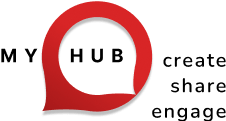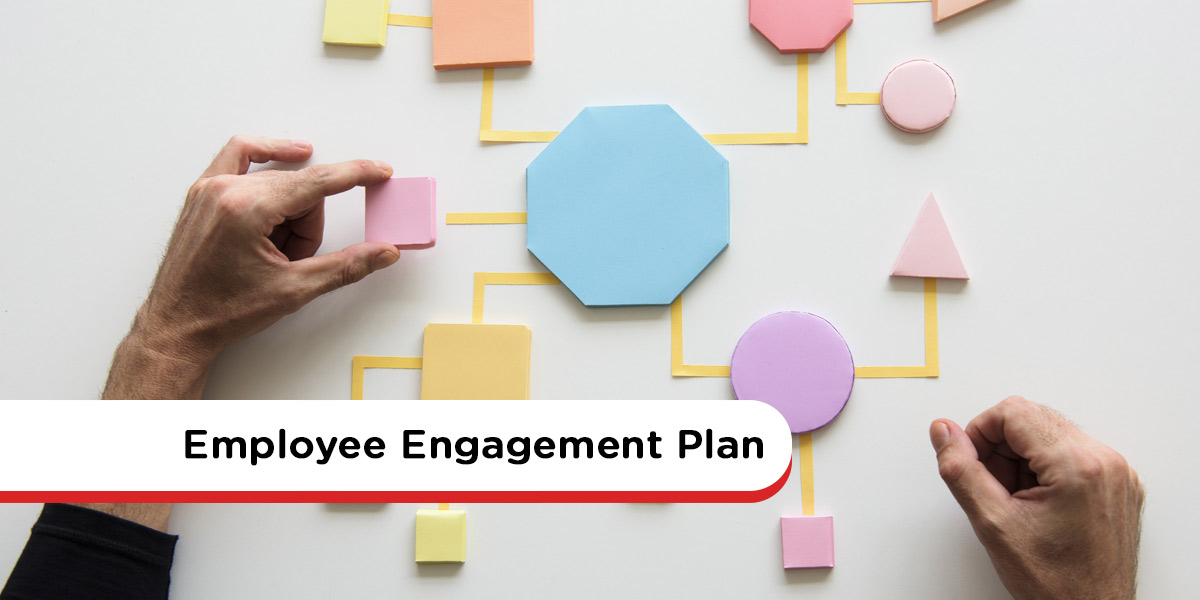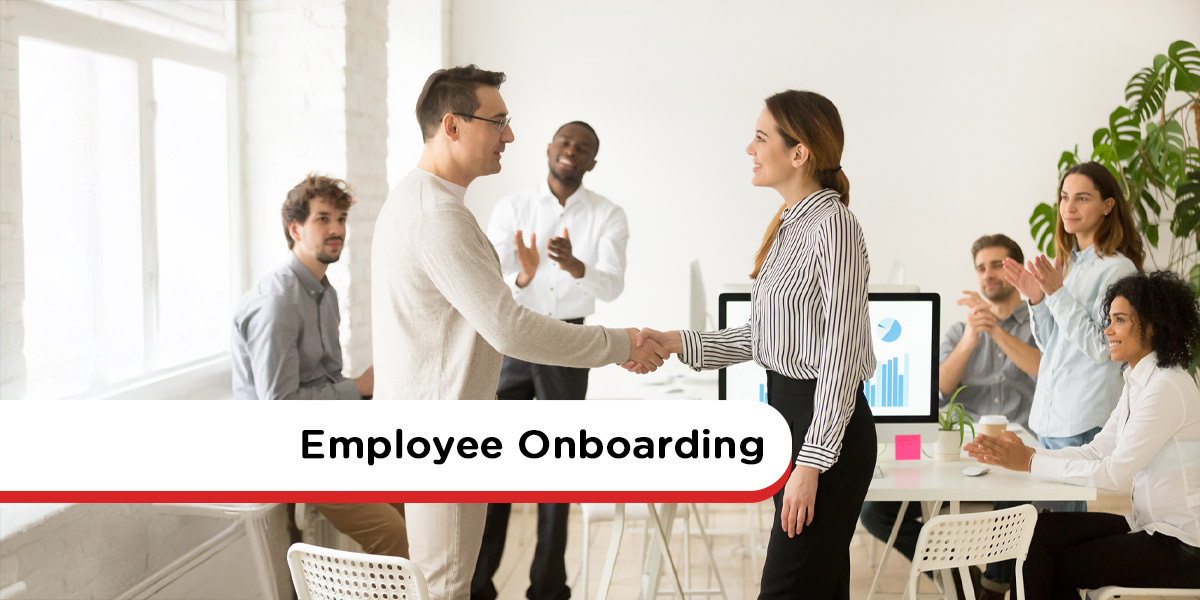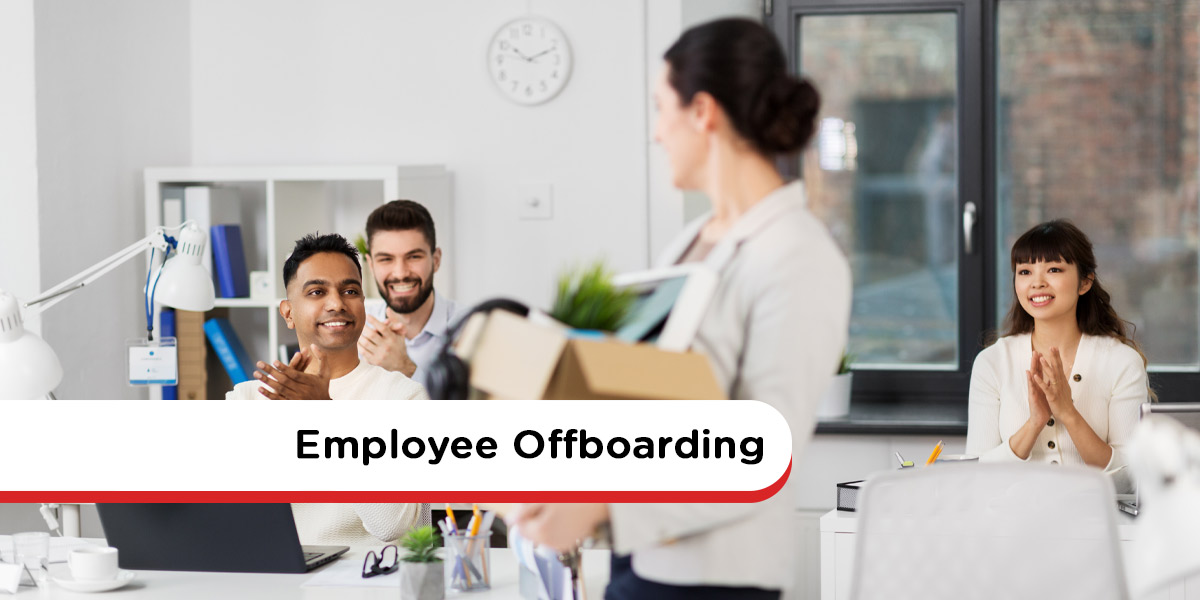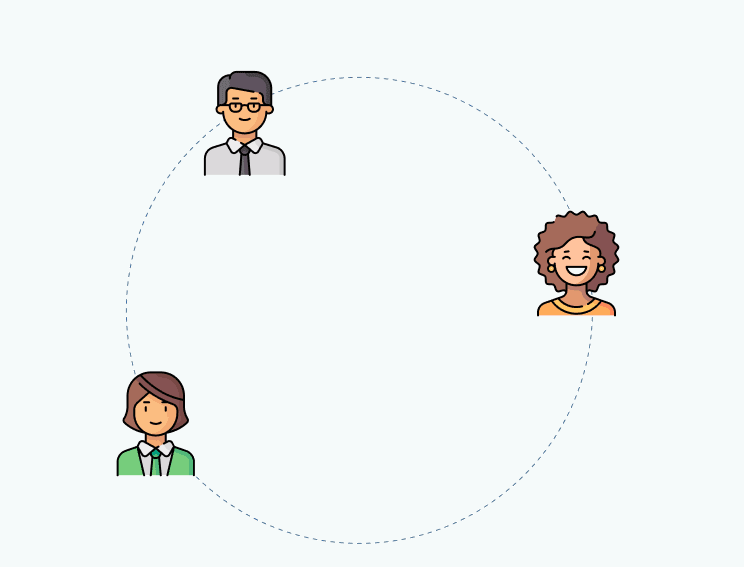
Your New Intranet Starts Here
Streamline communication, boost collaboration, and empower your team with MyHub's intuitive intranet solution.
Book a live demo now and experience the difference.
Take a Quick TourIt’s official – recruitment and retention are more challenging than ever. That’s the bottom-line impact of the Great Resignation currently affecting businesses worldwide, across all industries and sizes. In response, organizations are turning to the employee life cycle as a powerful model to better understand and improve the employee experience.
In essence, the employee life cycle outlines the journey an employee takes within your company, from the moment they discover a job opportunity to the point they retire or leave. While the model has been around for years, it has gained renewed importance post-pandemic as companies strive to retain talent and boost engagement. Whether this is a new concept for you or a much-needed refresher, this guide covers everything you need to know. We’ll answer key questions and explore how optimizing the employee lifecycle can positively influence recruitment, engagement, retention, and overall business performance.
What Is The Employee Life Cycle?
The employee life cycle is a core HR strategy that maps out an employee’s journey through your organization. Depending on the source, it can include anywhere from five to fifteen stages. However, to keep things practical and easy to implement, we focus on these five widely accepted phases:
- Attraction and recruitment
- Onboarding
- Development
- Retention
- Exit and offboarding
Together, these stages define the entire employer-employee relationship. Each phase plays a critical role in shaping the overall employee experience, which in turn influences performance, engagement, and satisfaction. The model also highlights that no stage exists in isolation. For example, poor onboarding may negatively impact retention, while strong development opportunities can improve long-term loyalty.
It’s important to note that some stages are broader in scope than others. Retention, for instance, includes a wide range of initiatives over an extended period. By contrast, onboarding is more time-bound but no less essential to success.
Why Is The Employee Life Cycle Important?
The employee life cycle doesn’t just influence the employee experience; it also impacts your overall company culture and internal dynamics. A poor experience at any stage, like a disorganized onboarding process, can create friction within teams, increase workload for others, and ultimately lead to dissatisfaction or turnover.
Proactively monitoring and optimizing the employee life cycle enables organizations to harness the full potential of their workforce. Whether you’re improving hiring outcomes, enhancing employee engagement, or driving better retention, this model is essential for sustainable growth and higher profitability.
Moreover, a well-managed employee lifecycle also boosts the customer experience. According to a recent IDC survey, 85% of business leaders agree that improved employee experiences translate directly into increased customer satisfaction, stronger brand loyalty, and higher revenues. And that’s a win-win for any forward-thinking organization.
What Happens At Each Stage Of The Employee Life Cycle?
Let’s take a deep dive into each stage of the employee life cycle. We explore what’s involved and the strategic steps you can take to optimize each phase for better employee engagement and retention.
1. Attraction & Recruitment
Attraction
The employee life cycle doesn’t start when a new hire walks through the door. It begins the moment they first hear about your employer brand. In today’s ultra-competitive talent market, your reputation is everything.
Just as people check TripAdvisor for reviews before dining out, job seekers research potential employers on platforms like Glassdoor and Indeed. Positive employer reviews and employee testimonials go a long way in building trust. Remember, your current staff are your most powerful brand ambassadors.
Your company website should clearly reflect your values, such as flexibility, diversity, and corporate social responsibility. A compelling online presence makes your company more attractive to top-tier talent.
Recruitment
Recruitment marks your first direct interaction with potential candidates. This phase includes job advertisements, application forms, screening processes, and interviews. It’s a critical stage for making a great first impression and establishing a professional, inclusive hiring experience.
Your job ad should speak directly to your ideal candidate persona. Tailor your messaging and choose the right platforms to reach them. For example, Generation Z responds better to video content on social media than traditional job boards.
Simplify the application process, especially for mobile users. Long, cumbersome forms will deter strong applicants. Keep communication transparent and timely throughout the hiring journey to demonstrate professionalism and respect for applicants’ time.
Consider partnering with recruitment agencies. These agencies use advanced recruitment software to efficiently manage applications, screen candidates, and ensure cultural fit, giving you access to a wider and more qualified talent pool.
2. Onboarding
Your dream candidate is now officially on board. The onboarding phase is where new hires receive the tools, training, and guidance to integrate into your team and perform effectively.
Effective employee onboarding minimizes disruption, boosts early productivity, and fosters a sense of belonging. Use a structured onboarding checklist to ensure no critical steps are missed.
Schedule regular check-ins to address concerns, align expectations, and collect feedback. These early touchpoints help refine your process and build trust from day one.
3. Career Development
Career progression is essential for retaining engaged, motivated employees. According to a LinkedIn survey, 94% of employees would stay longer at a company that invests in their development.
Support professional development through mentoring, coaching, internal training, and external courses. Use your intranet as a central learning hub for educational materials and career resources.
Implement personalized development plans during appraisals and offer opportunities for employees to grow their skills. Even simple initiatives like internal workshops or lunch-and-learns keep your team sharp and future-ready.
4. Retention
This stage is all about keeping employees happy and loyal. If earlier life cycle stages were effective, you’re already on the right path. Still, maintaining a strong employee retention strategy is key to reducing turnover and related costs.
Understand what motivates your team, whether it’s compensation, advancement opportunities, or a strong company culture. Use staff surveys, one-on-ones, and feedback tools to keep a pulse on sentiment and engagement.
Retention best practices include:
- Employee engagement: Foster a meaningful connection to your company and its mission.
- Two-way communication: Encourage dialogue and feedback. Open communication boosts morale, productivity, and loyalty. See our post on Two-Way Communication.
- Recognition culture: Go beyond monetary rewards. Public shout-outs, peer-to-peer recognition, and employee appreciation programs create a motivating workplace culture.
- Modern tools and environments: Ensure employees have up-to-date hardware, software, and a comfortable workspace, at home and in the office. Invest in tools that support productivity and well-being.
5. Exit And Offboarding
Even when an employee leaves, their experience continues to impact your brand. The exit and offboarding process should be handled with professionalism and respect to preserve goodwill.
More workers are returning to previous employers, so-called boomerang employees. A recent survey found that 20% of employees return, and 40% would consider doing so. A positive offboarding experience lays the groundwork for future re-engagement.
Use an offboarding checklist to ensure a smooth transition. This includes revoking system access, recovering equipment, and transferring knowledge.
Lastly, conduct a thoughtful exit interview. It’s your final opportunity to gather candid feedback that can inform improvements in your employee experience strategy.
Employee Life Cycle: Key Messages
The employee life cycle is an essential framework for businesses that want to enhance their HR strategy and employer brand. By optimizing each stage, from attraction to exit, you create a more productive, engaged, and loyal workforce.
Use the tips in this guide to elevate your people strategy and build a competitive edge in today’s job market.
About MyHub
MyHub is a leading provider of cloud-based intranet software that helps businesses enhance communication, collaboration, and HR workflows. Our platform streamlines the employee journey, from onboarding to exit, with powerful tools and automation.
Book a free demo or start your 14-day trial to discover how MyHub can optimize your employee life cycle today.
FAQ Section
What is the employee life cycle?
The employee life cycle is a framework that outlines the stages an employee goes through during their tenure with an organization, from initial attraction to eventual exit.
Why is understanding the employee life cycle important?
By comprehending each stage of the employee life cycle, organizations can implement strategies to enhance employee engagement, reduce turnover, and improve overall
How can companies optimize the employee life cycle?
Companies can optimize the employee life cycle by developing targeted strategies for each stage, such as creating compelling employer branding, effective onboarding programs, continuous development opportunities, retention initiatives, and structured offboarding processes.
